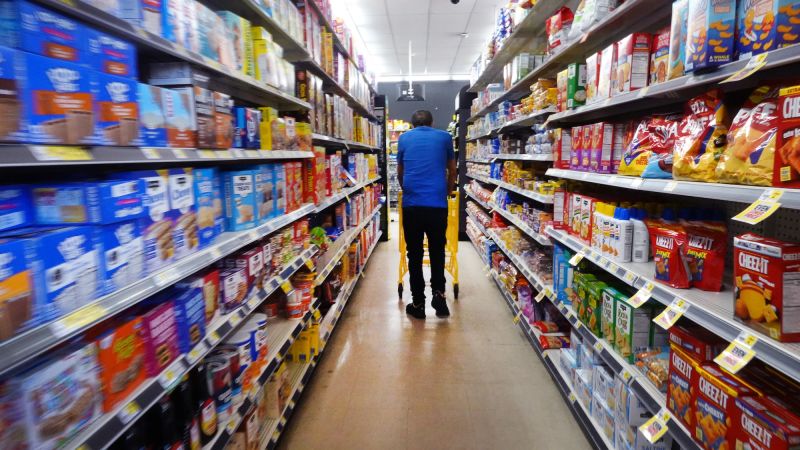The US economy continues to remain strong and resilient, driven mostly by consumer spending which accounts for about 70% of GDP. However, there are signs of a growing divide in the economy, with some businesses and consumers thriving while others struggle. Unemployment is on the rise, lower-income consumers are spending less, and businesses are scaling back on employee hours and pay. Consumer growth is moderating, which could mask financial difficulties for middle-class Americans facing rising prices and stagnant wage growth.
The economy is becoming increasingly bifurcated, with a growing gap between the haves and have-nots. Earnings reports from companies like McDonald’s, Starbucks, and Mondelez indicate that customers are becoming more value-conscious and price-sensitive. A survey by Santander Bank found that middle-income Americans are pessimistic about the economy, with many expecting a recession in the next 12 months and making significant cuts to household spending. While overall consumer balance sheets remain strong, not every household is faring the same in the face of rising prices and economic challenges.
Different communities within the US may experience economic downturns and recoveries at varying rates, leading to a K-shaped recession where some sectors thrive while others lag behind. Lower-income Americans, particularly Black and Hispanic families, were hit hardest by the pandemic, depleting their savings rapidly. White-collar workers, on the other hand, recovered quickly with government stimulus and market appreciation, while service workers struggled. Data may obscure the struggles of those still suffering, painting a broader picture of economic resilience.
The bifurcated economy presents challenges for Federal Reserve officials in deciding whether to lower interest rates or keep them steady. Conflicting inflation signals make it difficult to gauge the overall health of the economy, with some sectors experiencing deflation while others face persistently high inflation. A misstep in monetary policy could lead to tougher financial conditions and a potential pullback in spending and investment by businesses and consumers. The divide in the economy may lead some businesses to succeed while others struggle, exacerbating inflation concerns and economic uncertainty.
JPMorgan Chase CEO Jamie Dimon has announced plans to step down sooner than expected, sparking concerns among investors about the bank’s succession plan. Dimon, who has led the bank since 2006, has been a key figure in the financial industry, delivering strong returns for shareholders during challenging economic times. The bank’s stock sold off after the announcement, reflecting uncertainty about the transition to a new CEO. Potential successors at the bank include Marianne Lake, Jennifer Piepszak, Troy Rohrbaugh, Mary Erdoes, Jeremy Barnum, and Daniel Pinto, all of whom have been taking on new roles to expand their experience and leadership within the company.
Microsoft has announced new AI-powered computers as part of its efforts to integrate artificial intelligence into its Windows operating system. The new Copilot+ PCs, featuring AI tools that operate offline, aim to boost PC sales and excitement around AI technology in everyday life. The hardware runs on OpenAI’s GPT-4o technology, enabling real-time conversations and interactions through text and vision. Microsoft’s existing AI assistant, Copilot, is also being enhanced to assist with various tasks across different products. The company’s focus on building computers that understand users represents a significant step towards creating more intuitive and user-friendly technology.


